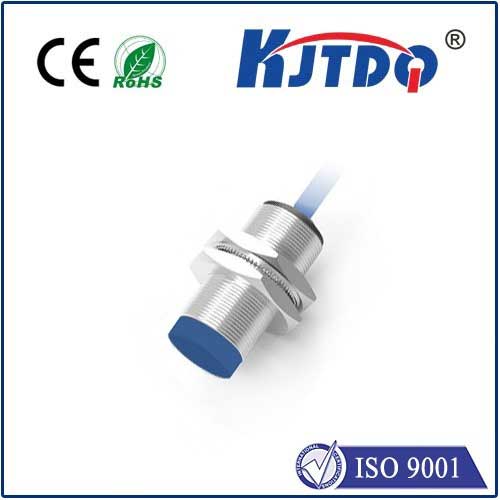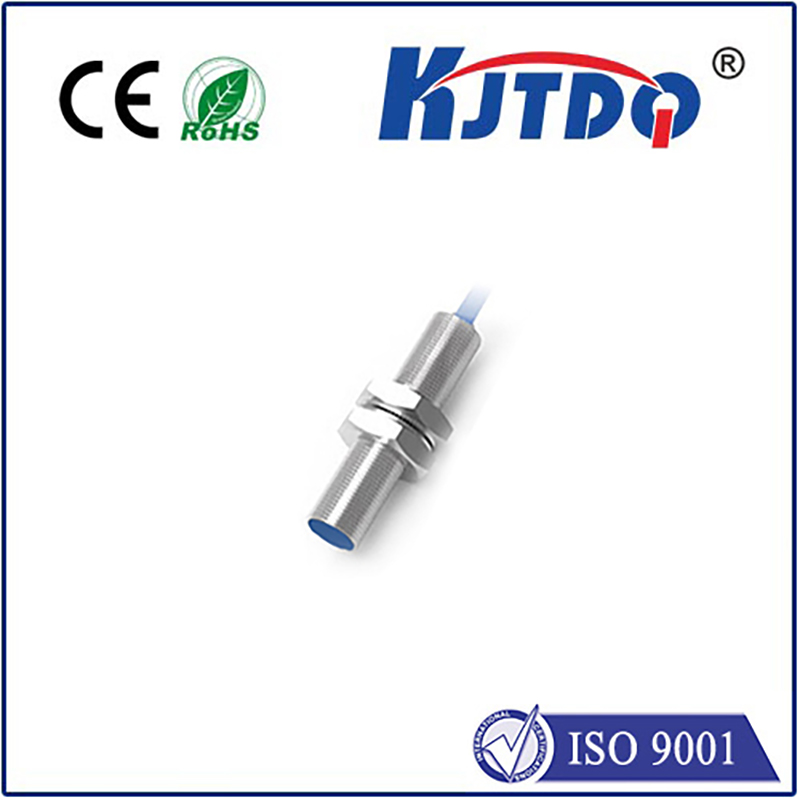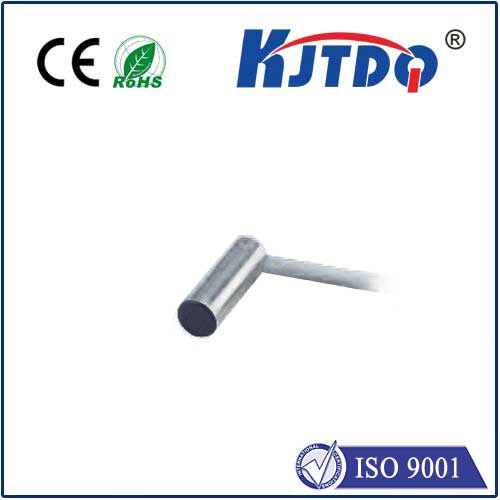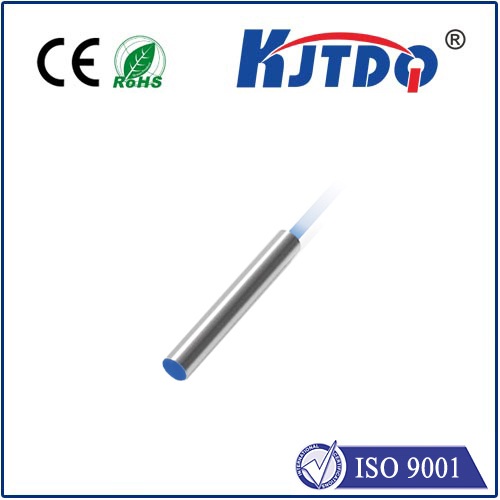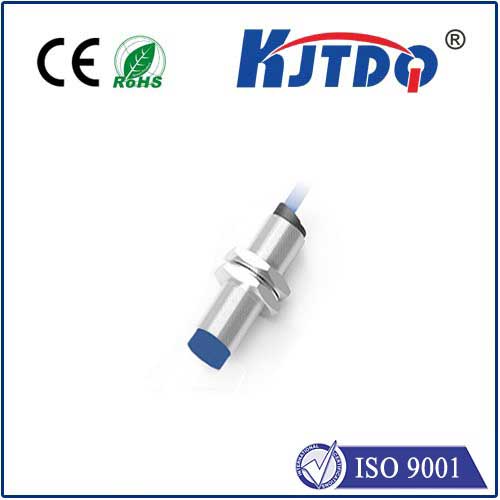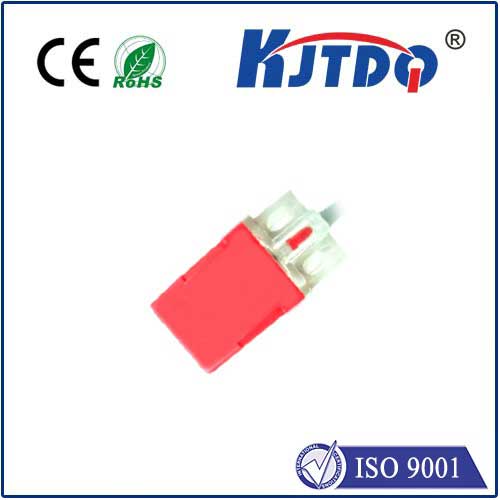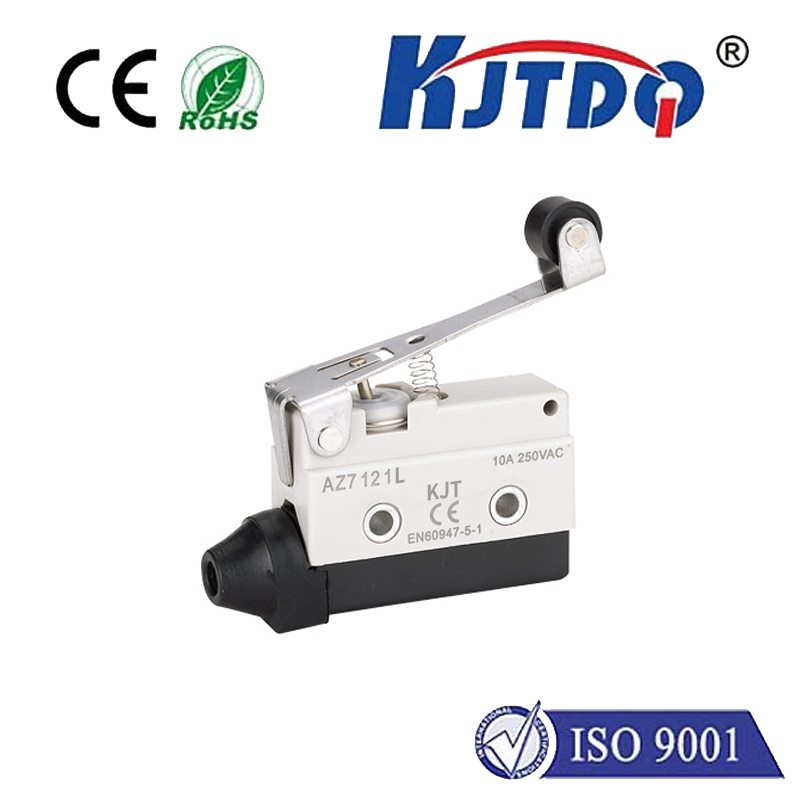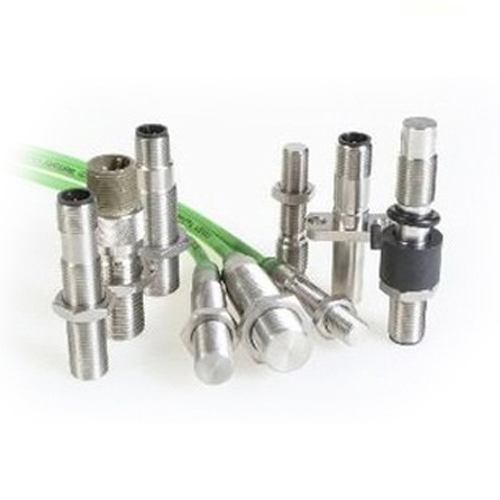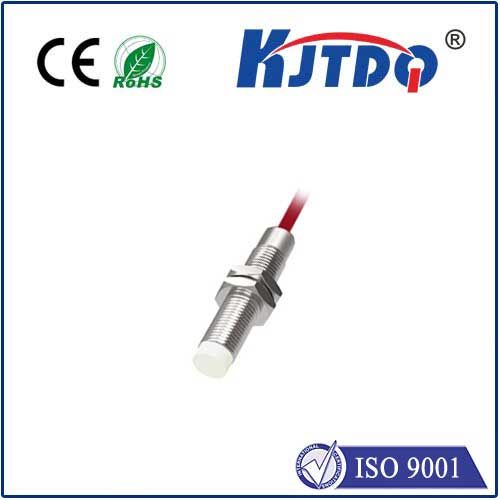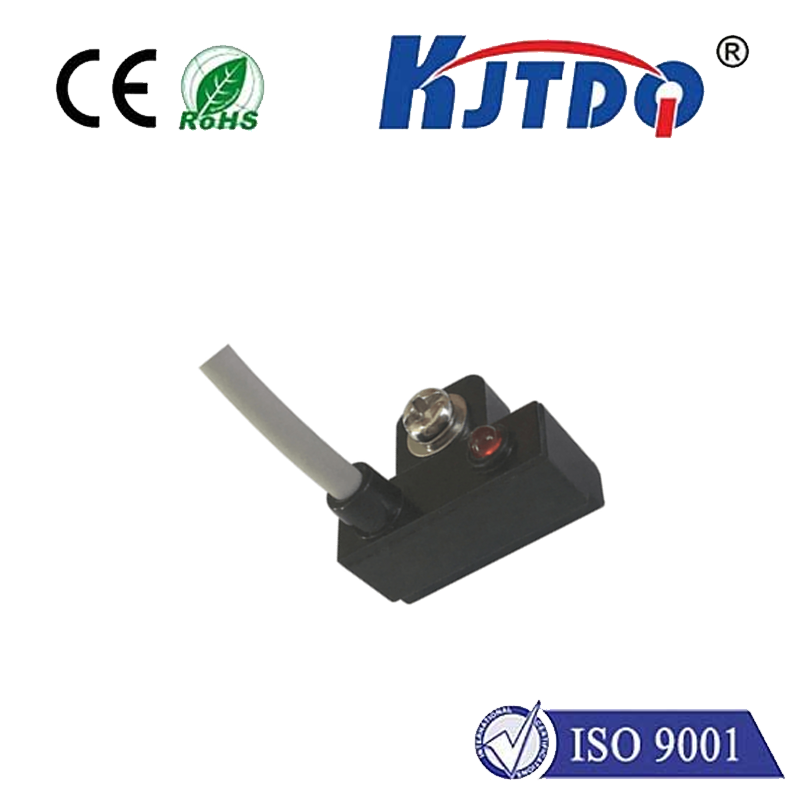photo optic sensors
- time:2025-08-14 08:30:41
- Нажмите:0
Photo Optic Sensors: Demystifying the Machines That “See” With Light
What if machines could perceive their surroundings like living creatures? While they may not have eyes in the biological sense, countless devices rely on photo optic sensors – the technological marvels translating light into actionable intelligence. These ingenious components silently orchestrate processes in factories, enhance our safety, streamline logistics, and even power everyday conveniences. Understanding how they work reveals a world where light itself becomes a versatile tool for automation and control. Also known interchangeably as photoelectric sensors, they form a foundational pillar of modern industrial and consumer technology.
The Core Principle: Light as a Messenger
At its most fundamental level, a photo optic sensor operates on a simple yet powerful concept: it uses light to detect the presence, absence, distance, or characteristics of an object. The core components are:
- Emitter: This is essentially the light source. Common types include Light Emitting Diodes (LEDs) producing visible red, green, or infrared (IR) light, or sometimes lasers for high precision. The emitter generates the sensing beam.
- Detector: Positioned to receive the emitted light, the detector (often a photodiode or phototransistor) converts incoming photons (light particles) into an electrical signal. Its sensitivity range must align with the emitter’s wavelength.
- Control Circuit: The brain of the operation. The control circuit powers the emitter, evaluates the signal strength from the detector, and ultimately determines the sensor’s output state (e.g., ON/OFF, analog value). It applies logic to interpret the interaction between the light beam and the target object.
The Three Primary Sensing Modes: A Versatile Toolkit

Photoelectric sensors achieve their detection magic primarily through three distinct configurations, each suited to different challenges:
- Through-Beam Sensors (Opposed Mode): Imagine a beam stretching between two points. This mode uses separate, physically distinct units for the emitter and detector, facing each other. The emitter sends a continuous beam directly to the detector. Detection occurs when the object obstructs this beam, causing the detector signal to drop dramatically. Through-beam sensors offer the longest sensing ranges and highest reliability since they are highly immune to an object’s surface finish, color, or reflectivity. Their limitation is the need for precise alignment and separate mounting points on either side of the object path. Think conveyor belt breaks or garage door safety beams.
- Retroreflective Sensors (Reflex Mode): This design cleverly combines the emitter and detector into a single housing. The sensor emits light towards a specially designed retroreflective target (like a bicycle reflector or engineered tape). This target efficiently reflects the light beam directly back to the detector unit. Detection happens when an object interrupts this reflected beam, preventing it from reaching the detector. Retroreflective sensors provide a good compromise between range and ease of installation, as only one physical unit needs mounting, plus the target. They are ideal for detecting objects passing between the sensor and the reflector.
- Diffuse Reflective Sensors (Proximity Mode): The most common type for direct object detection, diffuse sensors also house both emitter and detector in one unit. However, instead of a dedicated reflector, they rely on the target object itself to reflect the emitted light back to the detector. Detection occurs based on the intensity of the reflected light bouncing off the object. While incredibly convenient due to single-unit mounting, diffuse sensors are highly sensitive to the target’s color, surface texture, and reflectivity. Light-colored, matte objects return more light than dark, shiny, or curved surfaces. Their effective range is also typically shorter than the other two modes. Applications include presence detection on packaging lines or object counting.
Beyond Basic Presence: Advanced Capabilities
While presence/absence detection is fundamental, modern photo optic sensors offer sophisticated variations:
- Focused Beam (Convergent Mode): A subset of diffuse sensors where the emitted beam and the detector’s field of view converge at a specific point. This creates a very precise sensing zone, allowing detection only when an object passes through that exact focal point, useful for detecting small objects or ignoring background interference.
- Distance-Sensing (Background Suppression/BGS): Especially within diffuse sensors, advanced models can determine the approximate distance to an object, not just its presence. They use optical triangulation principles (like laser rangefinders) or time-of-flight (ToF) techniques where the sensor precisely measures the time it takes for a light pulse to travel to the target and back. This allows reliable detection regardless of the object’s color or reflectivity, as it’s measuring distance, not light intensity. BGS sensors are crucial for consistent detection of varied objects.
- Color Sensors: By analyzing specific wavelengths of reflected light, these sensors can distinguish between colors, vital for quality control or sorting applications (e.g., ensuring correct label color on soda cans).
- Contrast Sensors: Designed to detect differences in contrast rather than just presence (e.g., finding a black mark on a white bottle, or detecting clear glass).
- Fiber Optic Sensors: Employ flexible fiber optic cables to guide light to and from hard-to-reach, hazardous, or tiny spaces, with the electronic components safely located elsewhere. This enables detection in extreme environments (high heat, tight spaces, explosive atmospheres).
Why Photo Optic Sensors Dominate Industrial Sensing
The widespread adoption of photo optic sensors is no accident. They offer compelling advantages:
- Non-Contact Operation: They detect objects without physically touching them, eliminating wear and tear on both the sensor and the target.
- High Speed and Precision: Light travels fast, enabling detection of extremely rapid events – objects moving at high speeds on production lines pose no problem.
- Long Sensing Ranges: Through-beam sensors can reliably detect objects meters away.
- Многогранность: The variety of modes (through-beam, retroreflective, diffuse) and specialized types (focused beam, BGS, color) allows solutions for a vast array of applications.
- Reliability: Modern sensors are robust, resistant to environmental contaminants (sealed designs), and offer stable long-term performance.
Where Light Detection Shapes Our World
Photo optic sensors are ubiquitous:
- Manufacturing & Packaging: Bottle/can presence on filling lines, label position verification, product counting, break detection on conveyors, object height measurement, robotic guidance.
- Перевозка материалов: Pallet presence in warehouses, box dimensioning, stack height monitoring, automatic door control (garage doors, supermarket entrances).
- Automotive: Part verification during assembly, robotic welding seam guidance, paint spray booth object detection, vehicle positioning in wash systems.
- Safety: Safety curtains and light grids guarding dangerous machinery, elevator door safety beams, intrusion detection systems.
- Consumer Electronics: Paper detection in printers, disc tray position in players, proximity sensing (to turn off screens when held to the ear).
- Building Automation: Occupancy detection for lighting control, automatic faucets and soap dispensers.
- Emerging Applications: Automated Guided Vehicles (AGV) navigation and obstacle avoidance, drone landing systems, self-charging ports for electric vehicles.
Selecting the Right “Eye” for the Job
Choosing the optimal photo optic sensor depends on several factors:
- Sensing Task: Is it simple presence/absence? Distance measurement? Color detection? Contrast?
- Target Characteristics: Size, shape, material, color, surface finish, transparency?
3

